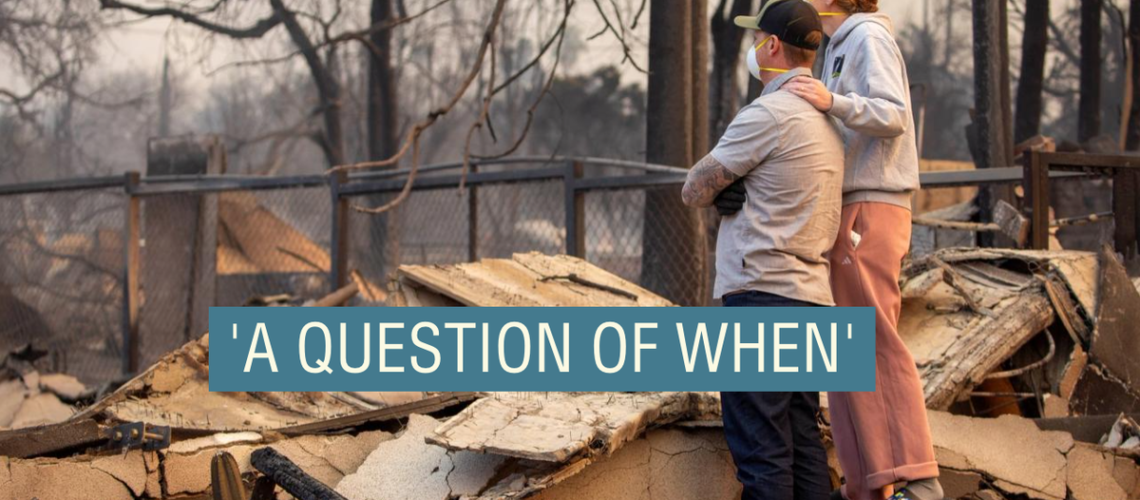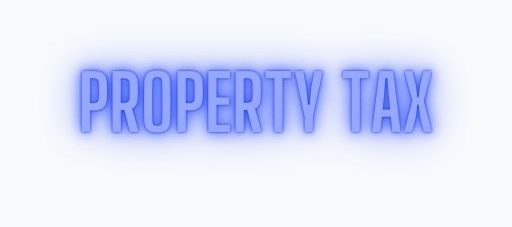After California’s wildfires, a new strategy is needed to fix the home insurance market
January 14, 2025

- Opinion: Colorado must be a trailblazer on youth mental health services and solve the commercial insurance problem
- Believe it or not, most Americans like their health insurance
- California announces insurance regulation to address climate risks
- How LA area wildfires impact market – NBC Los Angeles
- Greenfield Recorder – The World Keeps Turning: Has ‘big insurance’ declared war on unhealthy Americans?
Climate change is already driving up the price of home insurance in the US: A National Bureau of Economic Research paper last year found that households in vulnerable places are on track to pay an average of $700 per year more on insurance than those in less exposed areas. But climate risks are also rising rapidly — 2024 broke yet another global temperature record, which almost certainly contributed to worsening the current fires. For now, home insurance in most vulnerable places in the US remains much too cheap relative to risk. Economists know this, but raising insurance rates is unpopular. And while politicians and insurance companies wrangle over reforms, the value of the US housing market is rising, meaning bigger losses in value for homeowners of all income levels when a big insurance adjustment eventually arrives.
Bạn đang xem: After California’s wildfires, a new strategy is needed to fix the home insurance market
Xem thêm : EPIC Names Rosson Northern California Growth Leader; Lara Makes Reappointments to CIGA Board
California’s wildfires illustrate the risks of too-cheap insurance. The state’s premiums are among the lowest in the country, in some places below $3 per $1,000 of coverage, thanks in large part to regulations that had limited insurers in using forward-looking disaster risk models and in passing on their own reinsurance costs to homeowners. Both of those policies have been reversed in the last few months. But some insurers have already dropped many policies or declined to write new ones. That triggered a mass migration onto the state-backed insurer of last resort, the FAIR plan, which covers 40% more policies now than it did in late 2023, and has left it exposed to up to $6 billion in damages in Pacific Palisades alone, with only a fraction of that on hand.
Allowing insurers to raise rates may seem hard to justify when California’s insurance companies have continued to earn healthy profits in all but a few years in the last decade, Jones said. Even this month’s fires are unlikely to put any private insurers out of business in the state because of cash reserves they’re required by law to build up in less catastrophic years. But the fires do prove that insurers are justified in asking for a raise, he said.
Xem thêm : Best Life Insurance Companies for People Over 50
“Now they have this direct experience they can build into their catastrophe models,” he said. “And insurance rates are one of the only price signals we have going in the economy now to say hey, climate change has real risks. For now we continue to have this insatiable appetite to shove more businesses and people into harm’s way.”
Flood insurance is a cautionary tale for wildfire areas, Jones said. Private insurers figured out 50 years ago that they couldn’t make money on flood insurance. So the federal government stepped in. The National Flood Insurance Program has been underwater almost from the start, as subsidized insurance only encouraged development in risky places, and left taxpayers — including those who don’t own homes in vulnerable places, or at all — holding a very big bag. Instead of a federal plan for wildfire insurance, he said, private rates should come closer to reality. For risks they don’t want to take, FAIR plans can step in, but they’ll need some amount of federally subsidized reinsurance to remain viable and affordable, Jones said, and could still offer discounted rates for some low-income households.
Nguồn: https://propertytax.pics
Danh mục: News
